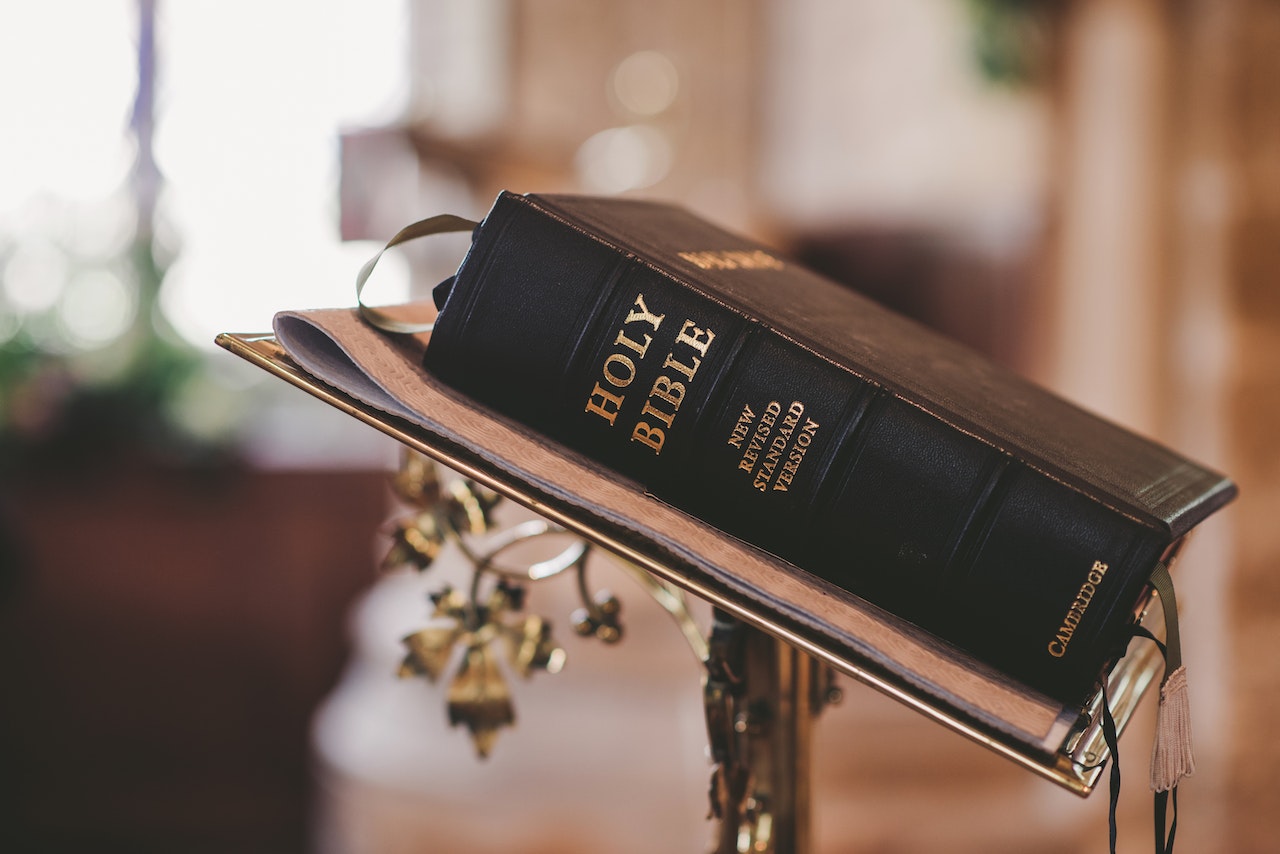Estimated reading time (in minutes)

The ceremonies of the septennial ostensions of relics having a cultic character, any public subsidy is illegal under the terms of the law of December 9, 1905 concerning the separation of the Church and the State.
This is what the Council of State has just ruled in a recent case, on the occasion of the ceremonies of the septennial ostensions, that is to say the presentation every seven years of the relics of the saints. These relics are carried through the streets in processions to their shrines and offered for veneration by the faithful. On this occasion, a region granted grants to associations with religious activities for the organization of events linked to these ceremonies.
For the Council of State, despite their traditional and popular character and the fact that alongside the processions themselves are organized events of a cultural or historical nature, the septennial ostensions are religious activities. Therefore, a local authority cannot subsidize them.
Illegality of Public Subsidies: Decision of the Council of State
In a recent decision, the Council of State declared the illegality of public subsidies for the seven-year ceremonies of ostensions of relics. These ostensions consist of the presentation of the relics of saints every seven years, accompanied by processions and acts of veneration by the faithful. Despite their traditional and popular nature, the Council of State has categorized the septennial ostensions as religious activities. According to the law of December 9, 1905, which governs the separation of Church and State, any public subsidy for such activities is considered illegal. This decision highlights the importance of preserving the principle of secularism and maintaining the separation between religious practices and public funding.
Septennial Ostensions and Religious Activities
The septennial ostensions designate the ceremonies organized every seven years for the presentation of the relics of saints, accompanied by processions and acts of veneration. Despite their traditional and popular nature, the Council of State has classified these displays as religious activities. This classification is significant because it establishes that public subsidies for septennial ostensions are considered illegal under the law of December 9, 1905, which upholds the principle of separation between Church and State. This decision highlights the importance of preserving the secular nature of public funding and reinforces the principle of religious neutrality in the public sphere.
